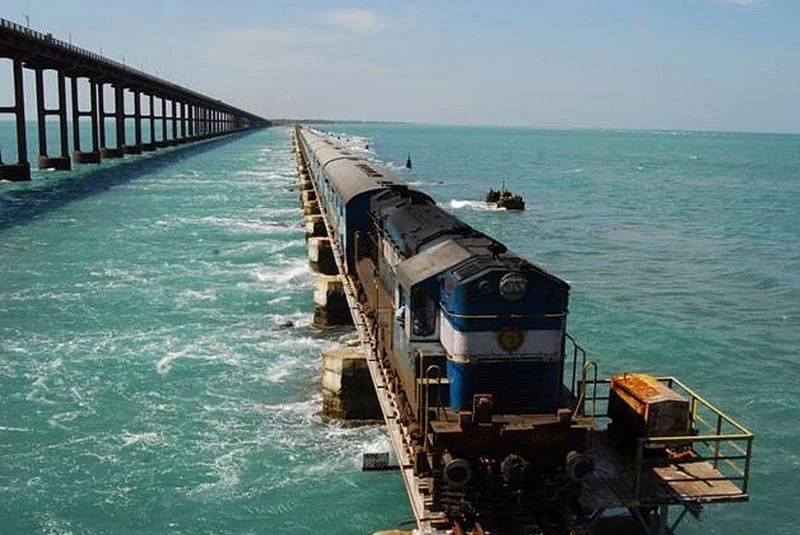Introduction:
Innovative bridge designs are playing a pivotal role in shaping India’s infrastructure. These groundbreaking designs are revolutionizing connectivity, enhancing aesthetic appeal, and ensuring long-term sustainability. This blog explores the transformative impact of innovative bridge designs on India’s infrastructure, focusing on concepts such as cable-stayed bridges, arch bridges, and the use of sustainable materials.

Cable-Stayed Bridges:
Cable-stayed bridges have gained popularity in India due to their elegant design, structural efficiency, and cost-effectiveness. These bridges feature tall towers from which cables support the deck, creating a visually stunning structure. The cable-stayed design allows for longer spans, minimizing the need for piers and reducing the impact on water bodies and surrounding ecosystems. Prominent examples in India include the Bandra-Worli Sea Link in Mumbai and the Godavari Arch Bridge in Andhra Pradesh.
Arch Bridges:
Arch bridges have been a symbol of architectural excellence for centuries, and their innovative designs continue to leave a lasting impression on India’s infrastructure. These bridges utilize the inherent strength of the arch shape to distribute the load effectively, resulting in visually appealing and structurally robust structures. The iconic Howrah Bridge in Kolkata and the Sutlej River Bridge in Punjab are prime examples of arch bridge design in India.

Sustainable Materials:
In recent years, there has been a growing emphasis on sustainable bridge designs in India. The use of environmentally friendly materials such as recycled steel, high-performance concrete, and advanced composites has gained traction. Sustainable materials not only reduce the carbon footprint of bridge construction but also enhance durability and minimize maintenance requirements. This approach aligns with India’s commitment to sustainable development and the preservation of natural resources.
Integration of Smart Technologies:
Innovative bridge designs in India are also incorporating smart technologies to enhance functionality and safety. Intelligent structural monitoring systems equipped with sensors and data analytics enable real-time monitoring of structural health, ensuring early detection of any issues and facilitating timely maintenance. Additionally, advanced lighting systems, integrated traffic management systems, and smart sensors contribute to enhanced safety and improved user experience.

Adaptive Reuse and Restoration:
In addition to new bridge designs, India is witnessing the adaptive reuse and restoration of historical bridges. These projects preserve the architectural heritage while ensuring their functional relevance in modern times. Examples include the restoration of the iconic Howrah Bridge in Kolkata, which underwent modernization and structural reinforcement to cater to the increasing traffic demands while maintaining its historical significance.
Aesthetic Considerations:
Bridge designs are no longer limited to functional considerations; aesthetics are also gaining importance. Innovative designs focus on creating visually striking structures that blend harmoniously with the surroundings, becoming landmarks in their own right. Incorporating unique architectural elements, lighting features, and artistic installations contribute to the visual appeal of bridges, enhancing the overall urban landscape.

Conclusion:
Innovative bridge designs are transforming India’s infrastructure, revolutionizing connectivity, and redefining the concept of bridge construction. Concepts such as cable-stayed bridges and arch bridges are not only structurally efficient but also visually captivating. The use of sustainable materials aligns with India’s commitment to environmental stewardship, while the integration of smart technologies enhances functionality and safety. By embracing innovative bridge designs that prioritize aesthetics, sustainability, and technological advancements, India is setting new benchmarks in infrastructure development and creating iconic structures that shape the nation’s landscape.


